"A Culinary Journey: Exploring the World Through Food" takes readers on a global gastronomic adventure. This captivating book delves into the diverse flavors, ingredients, and cooking techniques that define regional cuisines worldwide. From the aromatic spices of India to the fresh seafood of Japan, it uncovers the cultural significance of food and its role in shaping societies. The author encourages readers to embrace new tastes and appreciate the art of cooking, fostering a deeper understanding of different cultures through their culinary traditions.
Embarking on a culinary journey is more than just a trip to a new destination; it's an exploration of cultures, histories, and the human spirit through the lens of food. Food is a universal language that transcends borders and connects us all. In this article, we will take you on a virtual tour around the globe, highlighting the diverse flavors and culinary traditions that make each region unique.
The Mediterranean: A Symphony of Flavors
Our journey begins in the Mediterranean, where the sun-drenched shores and azure waters inspire a cuisine that is as vibrant as the landscape. The Mediterranean diet, renowned for its health benefits, is characterized by an abundance of fresh fruits, vegetables, whole grains, and olive oil. In Greece, we savor the simplicity of a meze spread, with dishes like tzatziki, dolmades, and spanakopita. In Italy, we indulge in the rich flavors of a perfectly al dente pasta, accompanied by a robust red wine from the Tuscan hills. Spain's tapas culture encourages a leisurely exploration of small plates, from the crispiness of patatas bravas to the silkiness of jamón ibérico.
East Asia: The Art of Balance
Venturing east, we find East Asia, where the culinary arts are as much about aesthetics as they are about taste. In Japan, we learn the art of sushi, where each piece is a delicate balance of fish, rice, and seasoning. The Japanese philosophy of "umami" guides us to appreciate the savory depth in dishes like miso soup and teppanyaki. In China, the diversity of regional cuisines is astounding. From the fiery kick of Sichuan peppercorns to the sweet and sour tang of Peking duck, Chinese cuisine is a study in contrasts. The art of dim sum in Hong Kong is a testament to the skill and creativity of Chinese chefs, with each steamed bun, dumpling, and pastry a culinary masterpiece.
India: A Melting Pot of Spices
India is a land of contrasts, and its cuisine is no exception. The use of spices is not just about adding flavor; it's about creating a symphony of tastes that can be sweet, sour, bitter, and spicy all at once. A traditional Indian meal is a journey through the senses, with each dish designed to complement the others. From the creamy richness of a korma to the fiery heat of a vindaloo, Indian cuisine is a testament to the country's diverse culinary heritage. The humble samosa, with its crispy pastry and spiced filling, is a street food favorite that has found its way into the hearts of food lovers worldwide.
France: The Elegance of Haute Cuisine
No culinary journey would be complete without a stop in France, the birthplace of haute cuisine. French cuisine is about precision, elegance, and the pursuit of perfection. A meal in a Parisian bistro is an experience to be savored, with each course carefully crafted to delight the palate. From the flaky layers of a croissant to the creamy decadence of a béarnaise sauce, French food is a celebration of the art of cooking. The French have a saying, "L'appétit vient en mangeant" – the appetite comes with eating – and as we indulge in the rich flavors of coq au vin and the crispness of a baguette, we understand why.
Mexico: The Heart of Latin American Flavors
Crossing the Atlantic, we arrive in Mexico, where the flavors are as bold and vibrant as the country's colorful markets. Mexican cuisine is a fusion of indigenous and Spanish influences, resulting in a cuisine that is both comforting and exciting. The humble taco, with its corn tortilla and filling of choice, is a canvas for a myriad of flavors, from the smoky richness of barbacoa to the tangy freshness of ceviche. The mole, a complex sauce made with chilies, chocolate, and a variety of spices, is a culinary masterpiece that has been perfected over centuries.
The Middle East: Aromatic Delights
The Middle East is a region where the aromas of spices and the flavors of ancient recipes fill the air. From the smoky shawarma wraps of Turkey to the fragrant tagines of Morocco, each dish tells a story of a rich culinary history. The use of herbs like za'atar and sumac, along with the warmth of spices like cumin and cinnamon, creates a tapestry of flavors that is uniquely Middle Eastern. The shared tradition of mezze, a selection of small dishes to be enjoyed with friends and family, is a testament to the region's hospitality and love for communal dining.
Africa: A Continent of Diverse Flavors
Africa is a continent of diverse flavors, with each country offering its own unique culinary traditions. In West Africa, we find the hearty stews and sauces that accompany staple dishes like fufu and jollof rice. The use of ingredients like plantains, yams, and a variety of grains creates a cuisine that is both filling and flavorful. In South Africa, the braai, or barbecue, is a social event where friends and family gather to enjoy meat grilled over an open fire, often seasoned with a spicy peri-peri sauce.
The Americas: A Blend of Traditions
Finally, we return to the Americas, where indigenous, European, and African influences have created a melting pot of flavors. In the United States, we find a cuisine that is as diverse as the country itself, from the smoky barbecue of the South to the fresh seafood of the Northeast. The influence of Mexican cuisine is evident in the popularity of dishes like tacos and enchiladas, while the fusion of Asian and Latin American flavors has given rise to exciting culinary creations.
In conclusion, a culinary journey is a voyage of discovery, where each bite reveals a new layer of a culture's history, traditions, and identity. As we travel from the Mediterranean to the Americas, we are reminded that food is not just sustenance; it is a bridge that connects us to the world and to each other. So, the next time you sit down to a meal, take a moment to appreciate the journey that each ingredient has taken to reach your plate, and savor the flavors of the world.


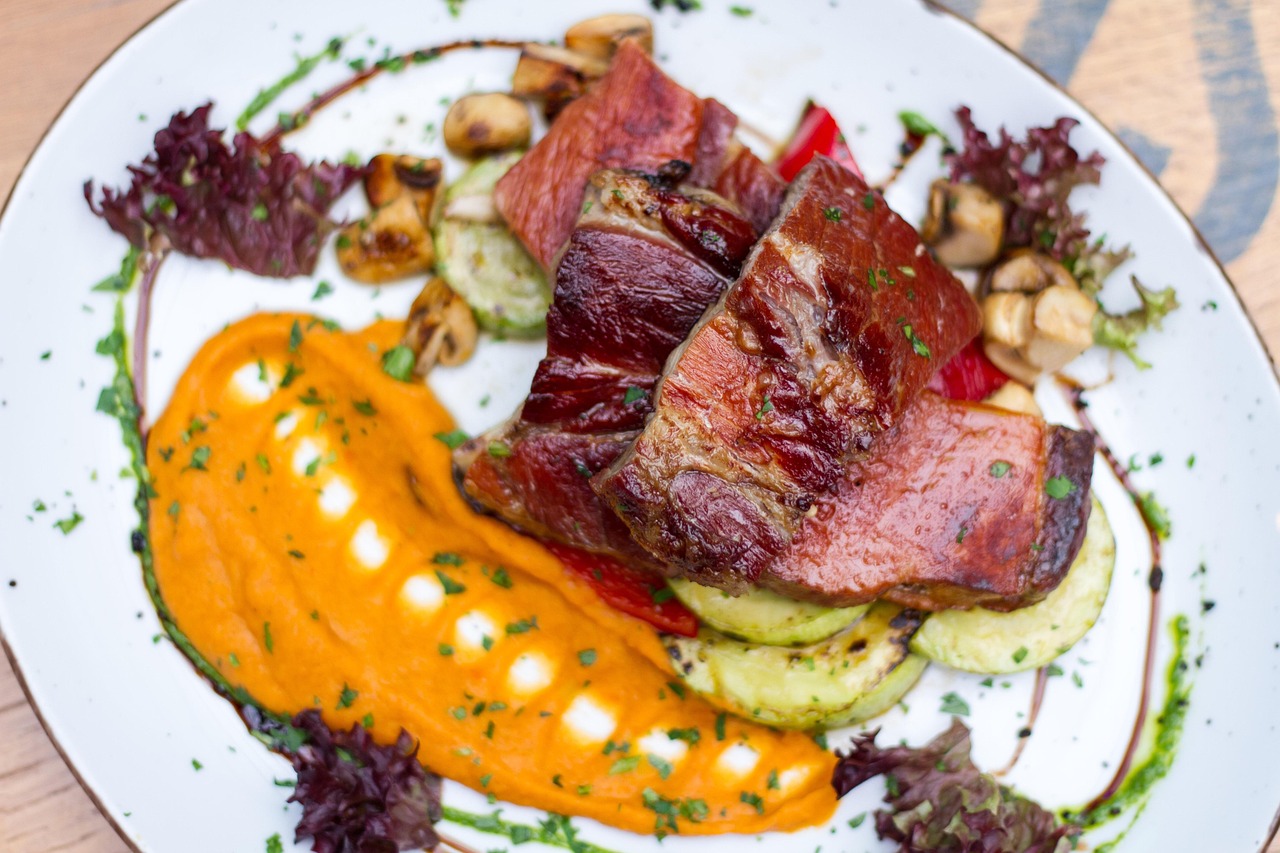
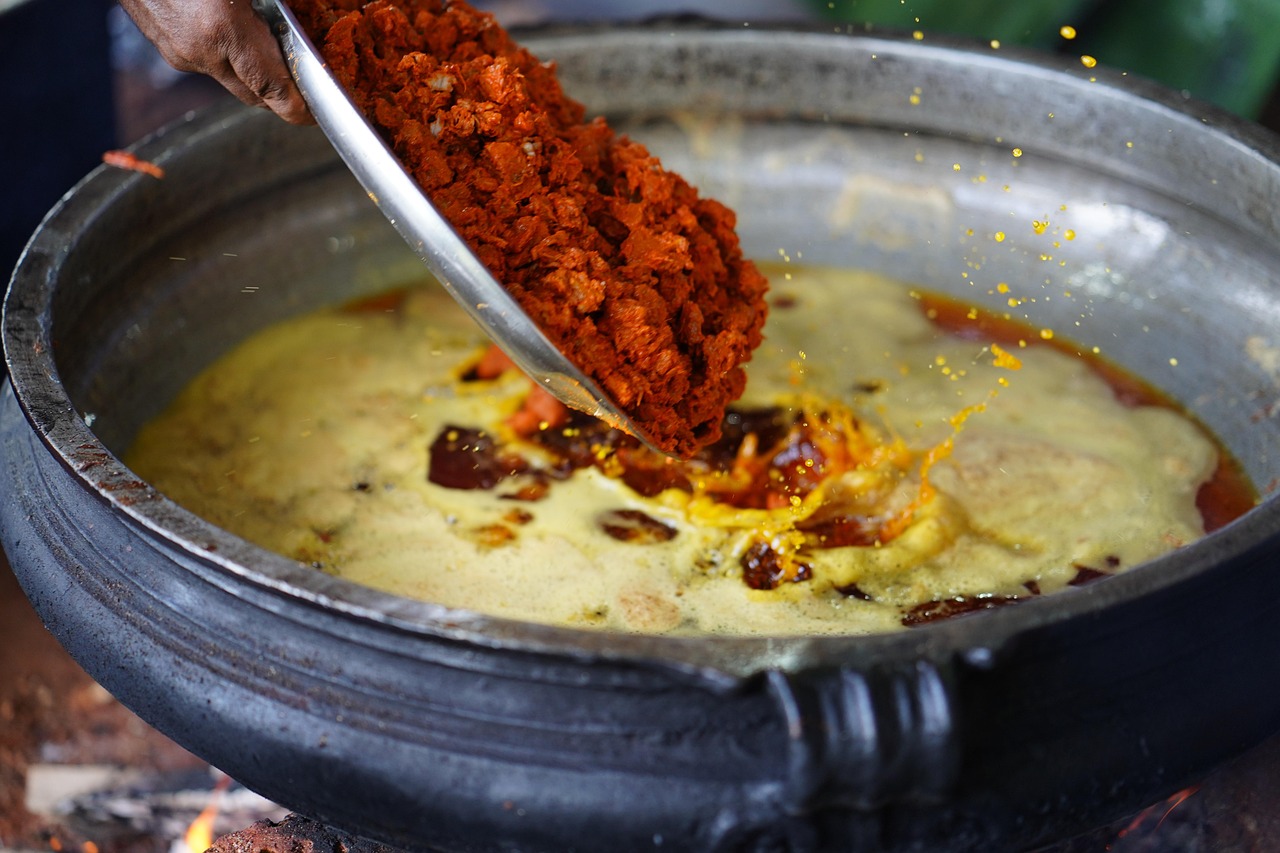








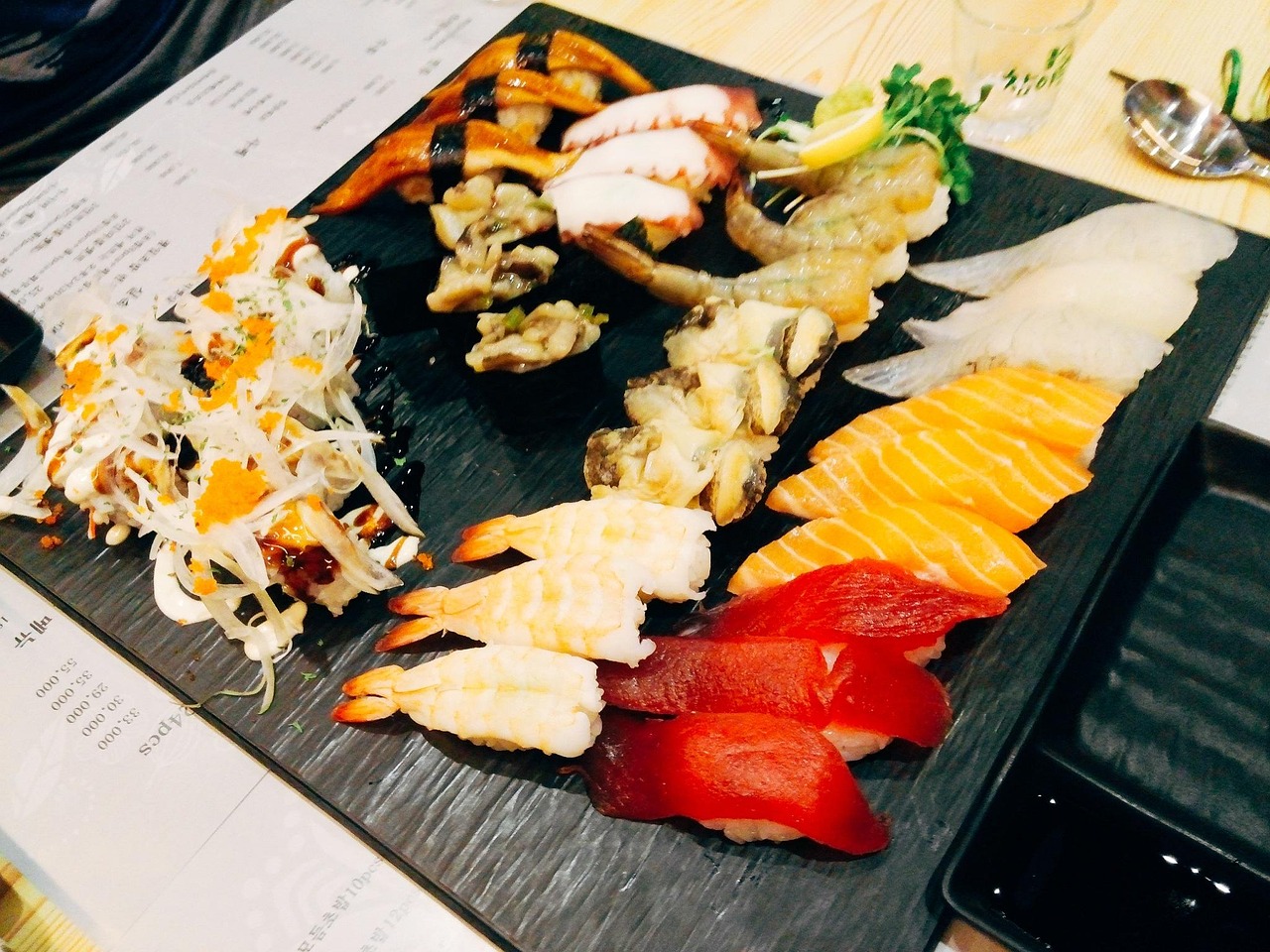

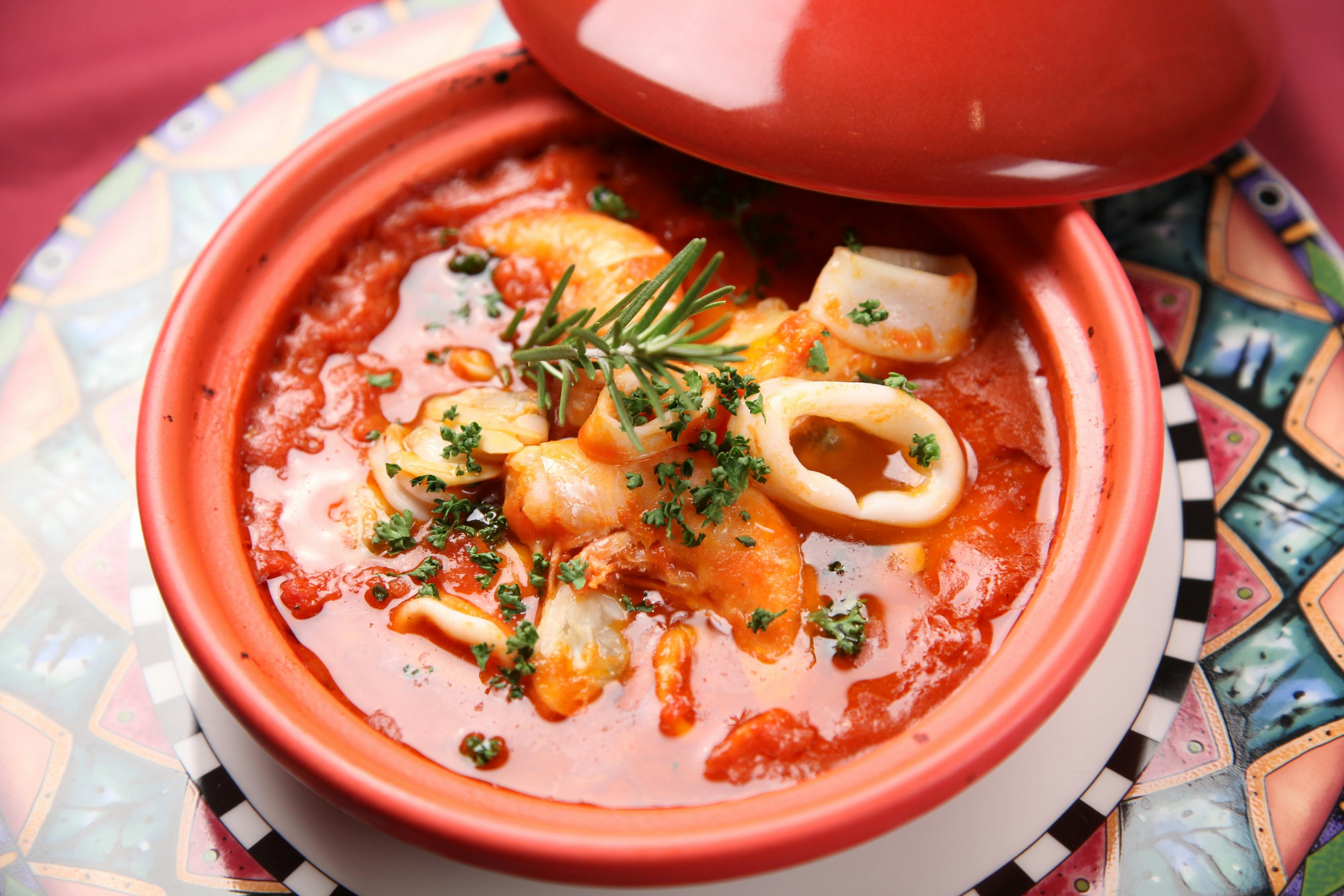
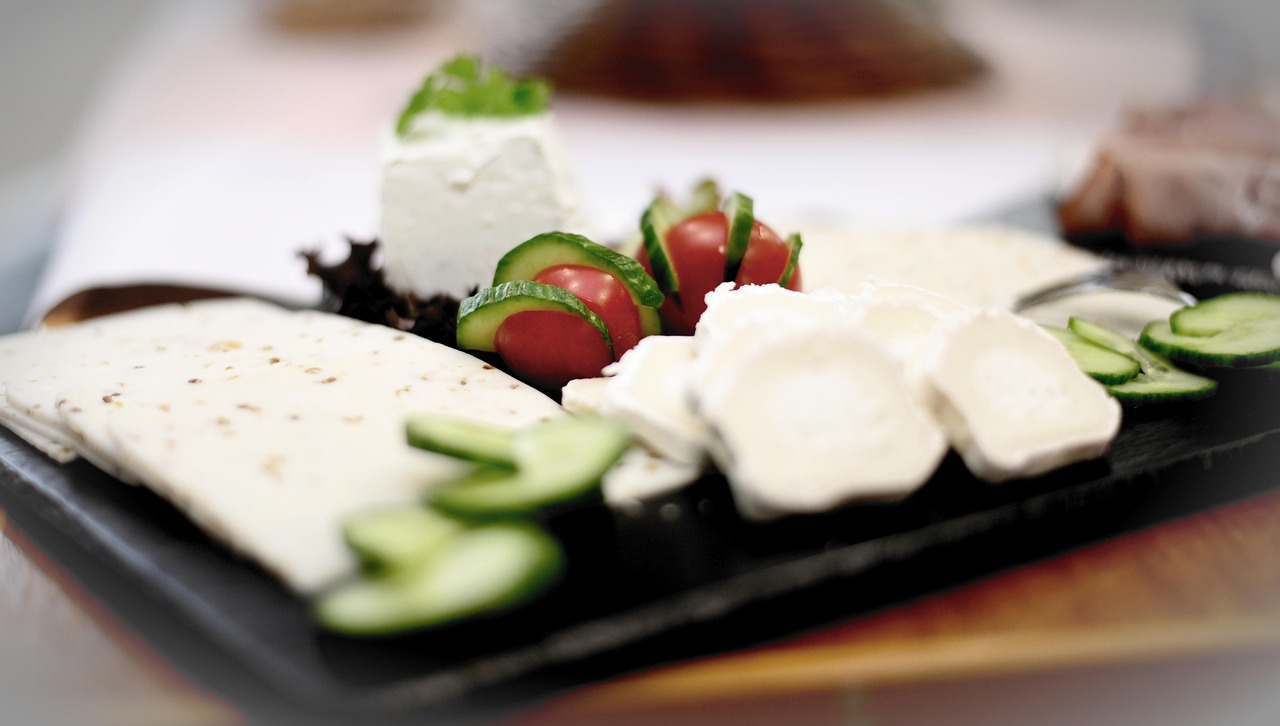
 京公网安备11000000000001号
京公网安备11000000000001号 闽ICP备2023004937号-3
闽ICP备2023004937号-3